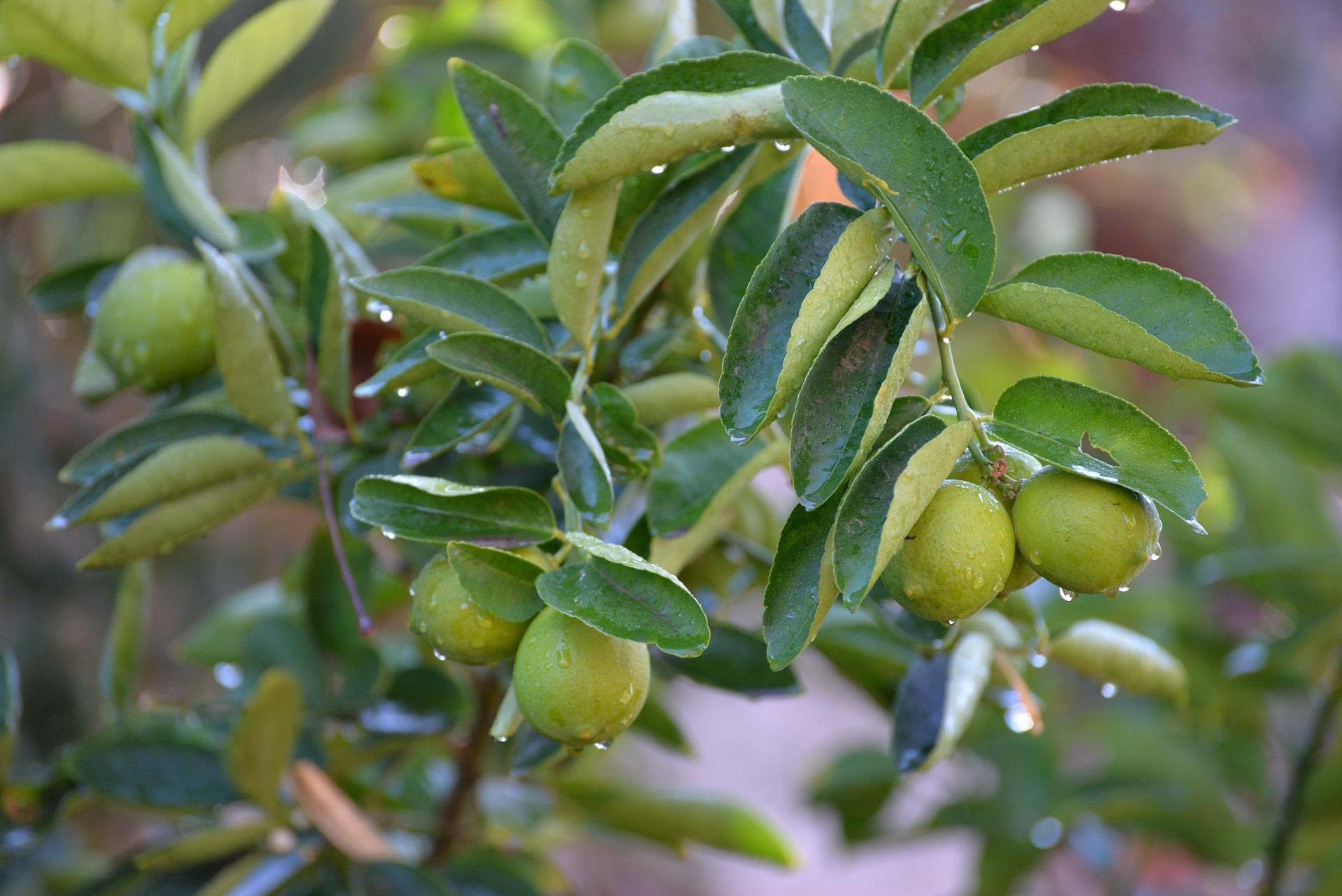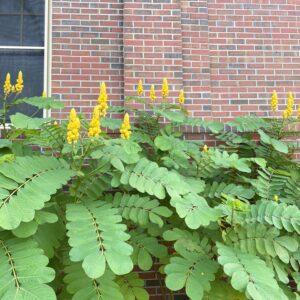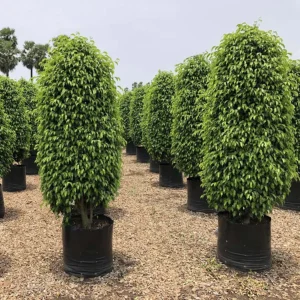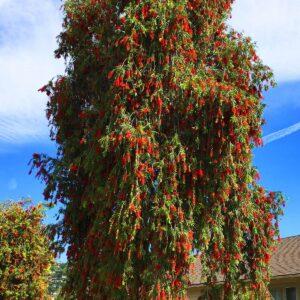China Lemon – A Hardy, Productive Citrus Tree for Warm Climates
The China Lemon refers to lemon cultivars that are widely grown across China, particularly in the southern provinces like Sichuan, Yunnan, and Guangxi. These lemons are known for being productive, adaptable, and often more cold-tolerant than some of the more delicate Mediterranean varieties. While the exact cultivar may vary (some being hybrids or closely related to Citrus limon), China Lemons are widely cultivated for commercial juice production and home use.
They are ideal for subtropical and tropical climates and are grown for their aromatic fruit, year-round foliage, and compact to medium-sized growth, making them great for orchards, home gardens, or container cultivation.
🌿 General Description
Botanical name: Citrus limon (China variety or hybrid)
Common names: China Lemon, Chinese Lemon, Chinese Citrus
Plant type: Evergreen fruit tree
Height: 6–15 feet (1.8–4.5 meters), depending on rootstock and pruning
Foliage: Glossy green, aromatic leaves
Flowers: White to pinkish buds, fragrant blossoms
Fruit: Medium to large yellow lemons with a tart, juicy flavor
Fruit season: Typically late autumn to early spring, varies by region
💧 Watering Routine
Water is crucial for healthy lemon tree growth, especially during fruit development:
Newly planted trees: Water 2–3 times a week for the first 2–3 months.
Established trees:
Water deeply once every 7–10 days.
In hot, dry conditions, increase frequency to 2 times per week.
In winter or during dormancy, reduce watering to every 2–3 weeks or as needed based on rainfall.
🪴 Container-grown trees:
Water when the top 1–2 inches of soil are dry.
Always ensure pots have drainage holes.
🚫 Avoid overwatering – soggy soil can lead to root rot and fungal diseases.
☀️ Light and Temperature Requirements
Light:
Requires full sun – at least 6–8 hours daily.
Poor light reduces flowering and fruit production.
Temperature:
Ideal growing range: 20–32°C (68–90°F)
Can tolerate brief drops to -2°C (28°F), but young trees and blossoms are frost-sensitive.
Protect from freezing with frost cloths or by moving containers indoors during cold snaps.
🌬️ Air circulation is important to reduce disease risks—space trees adequately in gardens.
🌱 Soil and Fertilizer Needs
Soil: Prefers well-drained loamy or sandy soil rich in organic matter.
pH range: Slightly acidic to neutral (5.5–7.0)
Fertilizer:
Use a balanced citrus fertilizer (e.g., 6-6-6 or 8-8-8) with micronutrients like magnesium, zinc, and iron.
Frequency:
Every 6–8 weeks during the growing season (spring to early fall).
Avoid feeding in winter.
Use compost or aged manure once a year to boost soil structure and fertility.
🪴 For containers, feed with a liquid citrus fertilizer every 4–6 weeks during the growing period.
✂️ Pruning and Maintenance
Prune in late winter or early spring before new growth begins.
Remove:
Dead or damaged branches
Crossing limbs
Suckers from the base
Shape the tree to encourage good airflow and light penetration.
Mulching: Add organic mulch (straw, bark, or leaves) around the base to retain moisture and suppress weeds—keep mulch 2–3 inches away from the trunk.
🌿 Propagation
China Lemon trees can be propagated by:
Grafting (Preferred for uniform fruit quality):
Common in commercial orchards.
Rootstocks like trifoliate orange are used for improved cold hardiness and disease resistance.
Seeds:
Slow to bear fruit (may take 5–7 years).
Seedlings may not be true to the parent plant.
Cuttings:
Take semi-hardwood cuttings in late spring or early summer.
Use rooting hormone and keep in warm, humid conditions.
⚠️ Pests and Problems
Watch for common citrus pests such as:
Aphids
Citrus leaf miners
Spider mites
Scale insects
🛡️ Treat with neem oil, insecticidal soap, or horticultural oils as needed.
Diseases:
Root rot (from overwatering)
Sooty mold (from pest secretions)
Citrus canker (prevent with good hygiene and air flow)
🍋 Harvesting and Use
Lemons are ready to harvest when fully yellow, slightly soft to the touch.
Fruit can remain on the tree for weeks without spoiling.
Used in juices, teas, cooking, cleaning, and traditional medicine.
✅ Conclusion
The China Lemon tree is a beautiful and rewarding plant that provides both ornamental value and delicious fruit. Whether planted in a garden or kept in a container, it thrives with sunlight, well-drained soil, and consistent care. With its adaptability and productivity, it’s a great citrus choice for subtropical and warm temperate regions.”





Reviews
There are no reviews yet.